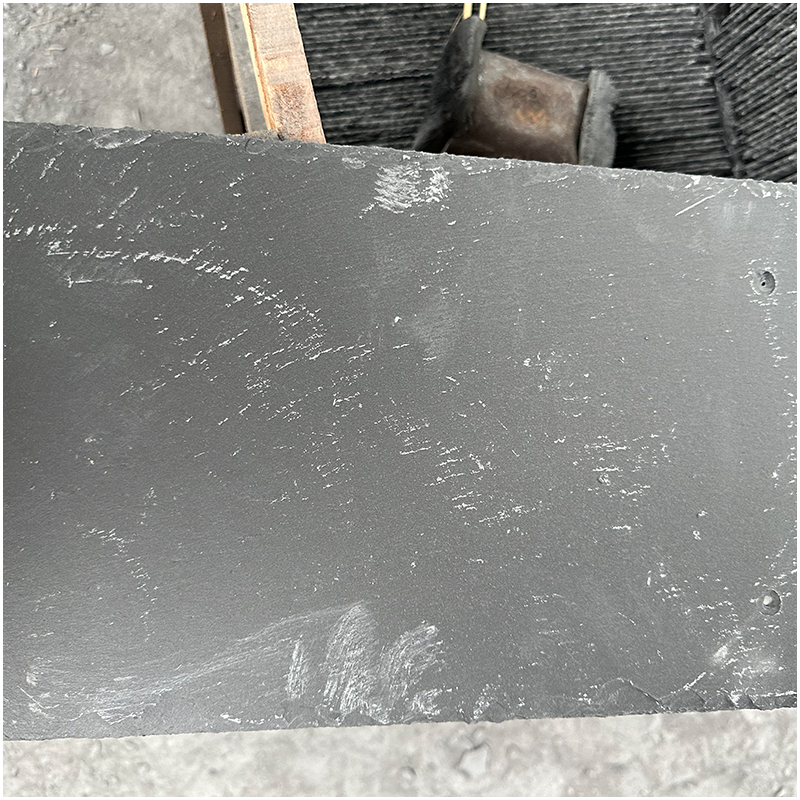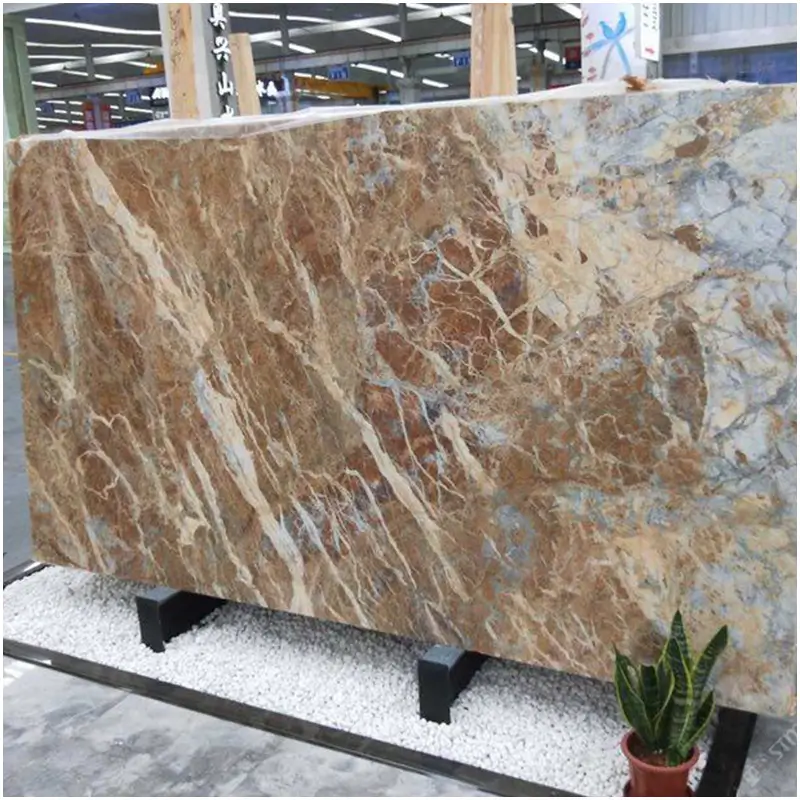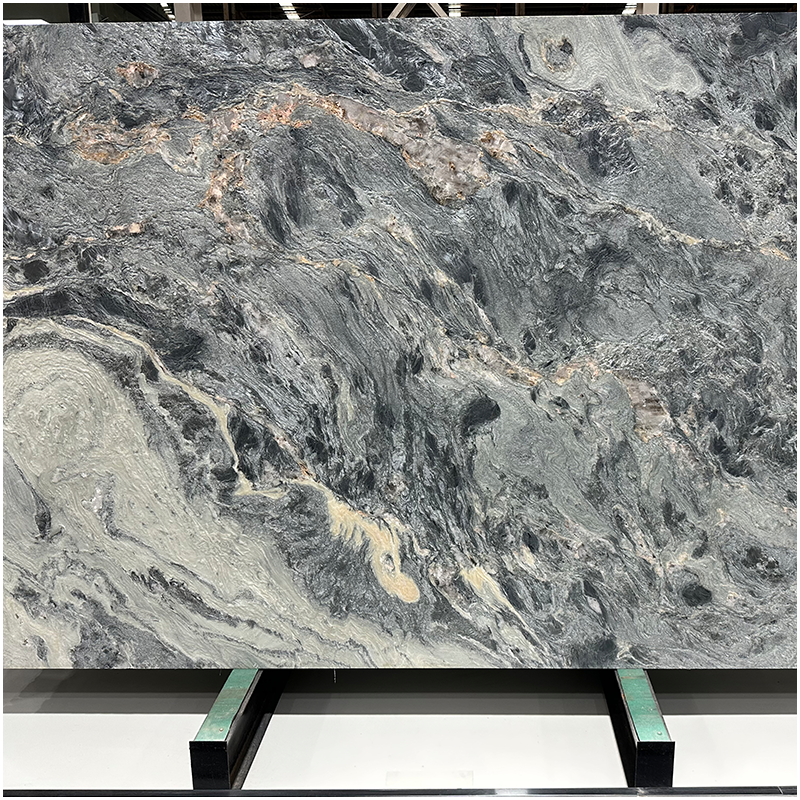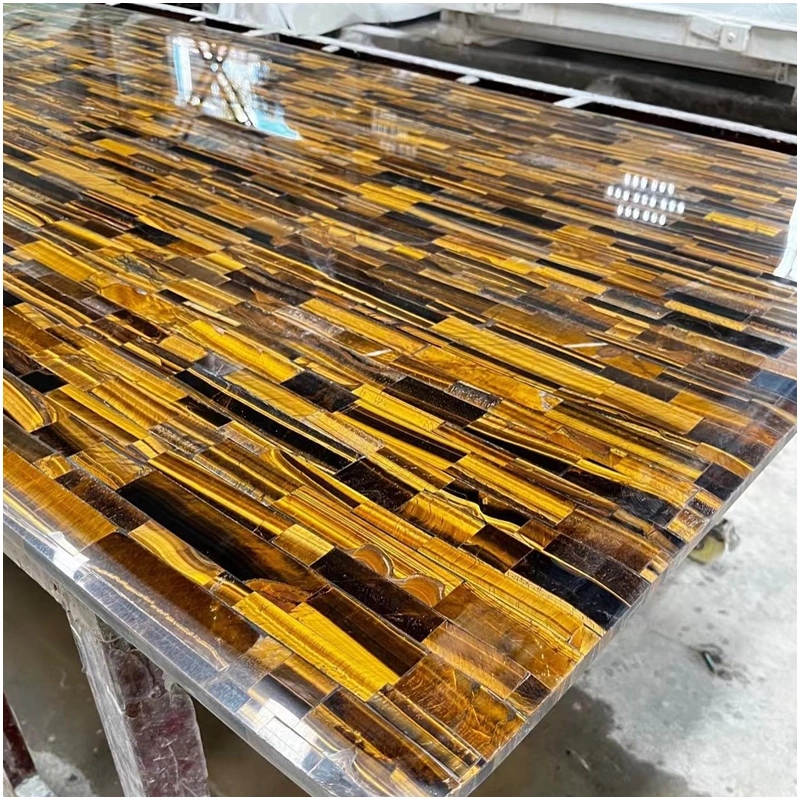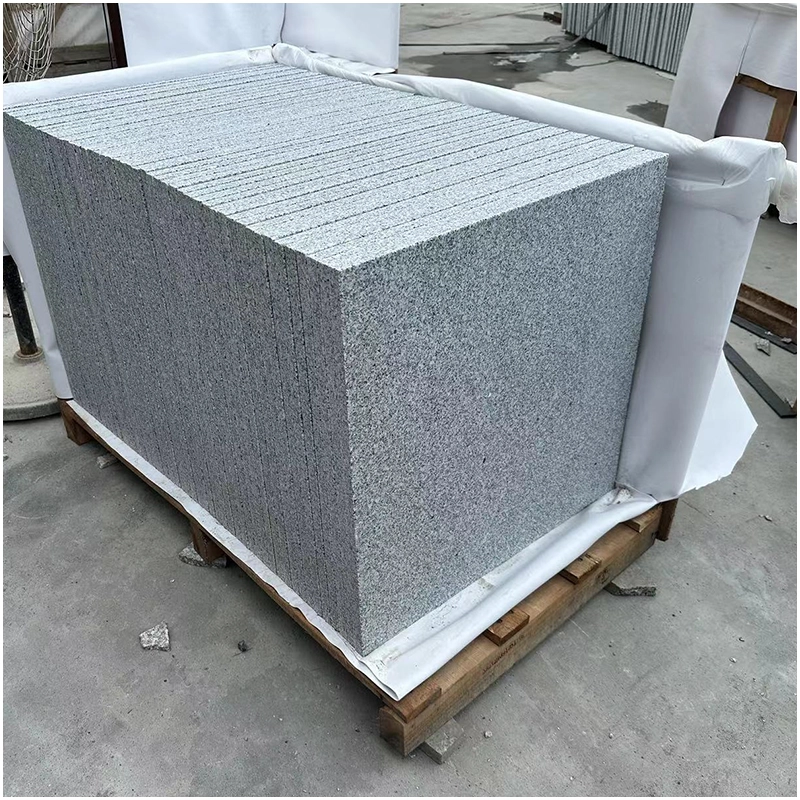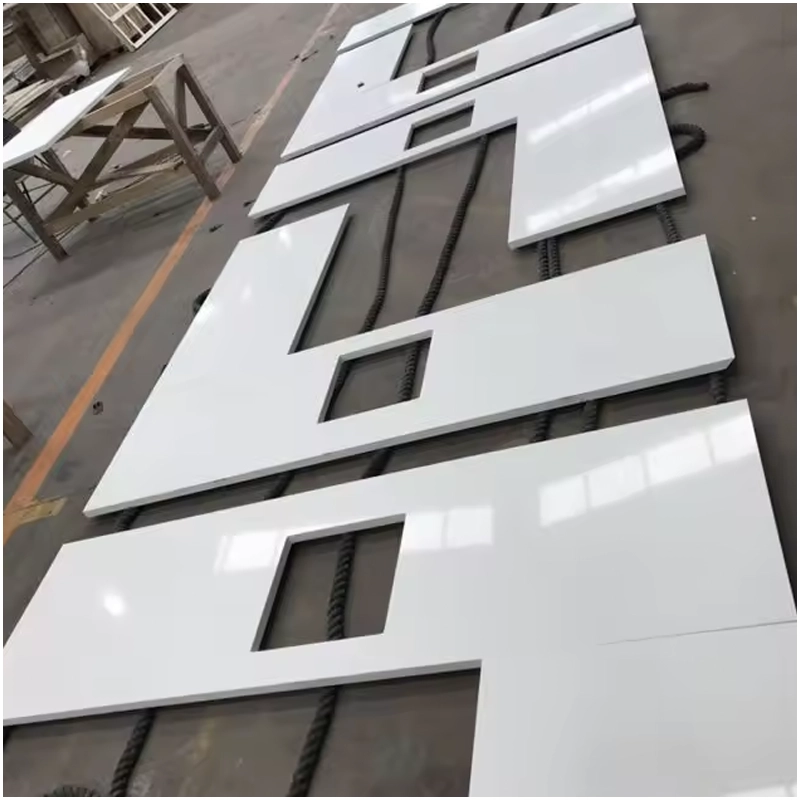Marble is a timeless and classic material that has been used in construction and design for centuries. It is prized for its natural beauty and durability, but did you know that there is a type of marble that resembles wood? Wood grain marble, also known as wood marble, is a unique and stunning natural stone that combines the best of both worlds.
I. Introduction to Wood Grain Marble
Marble is a metamorphic rock formed from the recrystallization of limestone or dolomite. It is composed mostly of calcium carbonate, and is often used for flooring, countertops, and other surfaces. Wood grain marble is a type of marble that has a distinct pattern that looks like wood grain. It is created when the natural mineral veins and impurities in the stone are arranged in a way that mimics the look of wood.
II. Characteristics of Wood Grain Marble
One of the most striking characteristics of wood grain marble is its unique pattern. Each slab is different, and no two pieces will look exactly the same. The patterns can vary greatly, from large, sweeping strokes that resemble a wood plank, to smaller, tighter patterns that resemble a burled wood. The color of wood grain marble can also vary, from pale cream to rich brown, depending on the type of marble it is made from.
Another important characteristic of wood grain marble is its durability. Marble is a very hard and dense stone, and is resistant to scratches and stains. This makes it a great choice for high-traffic areas like kitchen countertops and entryways. Wood grain marble is also low maintenance, it does not need to be sealed, and it can be cleaned with a damp cloth and mild detergent.
III. Uses of Wood Grain Marble
Wood grain marble is an ideal choice for a variety of interior and exterior design projects. It can be used for flooring, walls, countertops, and even furniture. Some popular uses of wood grain marble include:
Kitchen Countertops: Wood grain marble is a great option for kitchen countertops because of its durability and natural beauty. It can add warmth and character to your kitchen and give it a unique look.
Flooring: Wood grain marble is also an excellent choice for flooring. It can be used to create a luxurious and elegant feel in any room.
Bathroom Vanities: Wood grain marble can also be used to create stunning bathroom vanities. It is a great way to add elegance and style to your bathroom without compromising on functionality.
IV. Installation and Care of Wood Grain Marble
Installing wood grain marble is similar to installing other types of marble. It is best to have it installed by a professional, as cutting and polishing marble can be a difficult and time-consuming task. Once it’s installed, wood grain marble is easy to care for. It does not need to be sealed, and can be cleaned with a damp cloth and mild detergent.
VI. Advantages of Wood Grain Marble
One of the main advantages of wood grain marble is its unique and natural pattern. Unlike wooden flooring, wood grain marble does not require regular maintenance such as sanding and staining, and it is also more durable and resistant to wear and tear. Additionally, wood grain marble offers a wide range of color variations and patterns, making it easy to find the perfect match for any design style.
Another advantage of wood grain marble is its versatility. It can be used in a variety of interior and exterior applications such as countertops, flooring, walls, and even furniture. It’s suitable for both residential and commercial properties, and its natural beauty will impress any guest or client.
VII. Comparison with Other Materials
Wood grain marble is often compared to other materials such as engineered wood, natural wood, and laminate. Engineered wood is a man-made product composed of layers of wood pressed together. It can be more stable than natural wood but it can’t match the durability of marble. Natural wood is subject to wear and tear, as well as discoloration and warping over time. Laminate is a man-made product that mimics the look of wood. It’s a cost-effective option but can’t match the natural beauty of marble.
VIII. Choosing the Right Slab
When choosing a wood grain marble slab, there are a few things to keep in mind. First, consider the overall look and feel of your project. Will the marble be used for flooring or countertops? Is the room modern or traditional? Are you looking for a specific color or pattern?
It’s also important to consider the quality of the slab. Look for a slab with a consistent pattern and color, and avoid any slabs with visible cracks or defects. Finally, consider the size and thickness of the slab. A larger and thicker slab can create a more dramatic look, while a smaller and thinner slab can be more subtle.
IX. Cost and Maintenance
Compared to other materials such as wood, wood grain marble is more expensive. However, it is also more durable and low-maintenance, making it a wise investment in the long run. The cost of wood grain marble can vary depending on the quality, color, and thickness of the slab, as well as the location and complexity of the installation.
Maintenance of wood grain marble is relatively simple. It only needs to be cleaned with a mild detergent and a damp cloth, and it does not need to be sealed or treated like natural wood. However, it’s important to avoid using harsh chemicals or abrasive materials on the marble, as these can damage the surface.
X. Conclusion
Wood grain marble is a stunning natural stone that offers a unique combination of wood and marble. Its durability, natural beauty, and versatility make it a great choice for a variety of interior and exterior design projects. With proper installation and care, wood grain marble can last for many years and make a wise investment for any home. With this article, we hope that you have a better understanding of the unique properties of wood grain marble and can consider it as an option for your next renovation project.
Related Products

